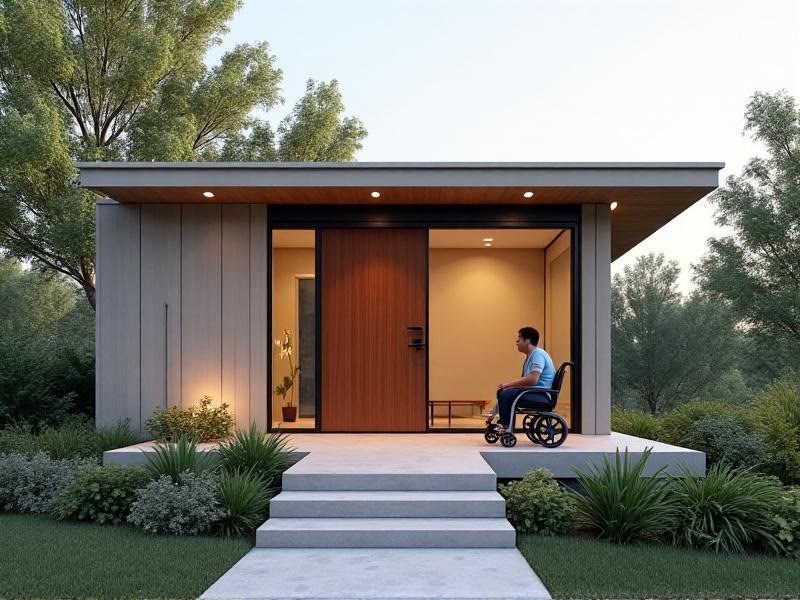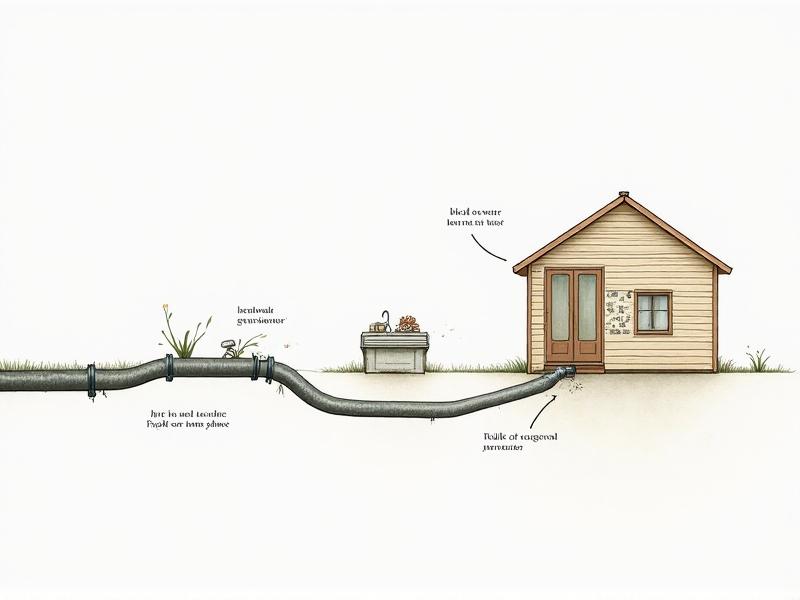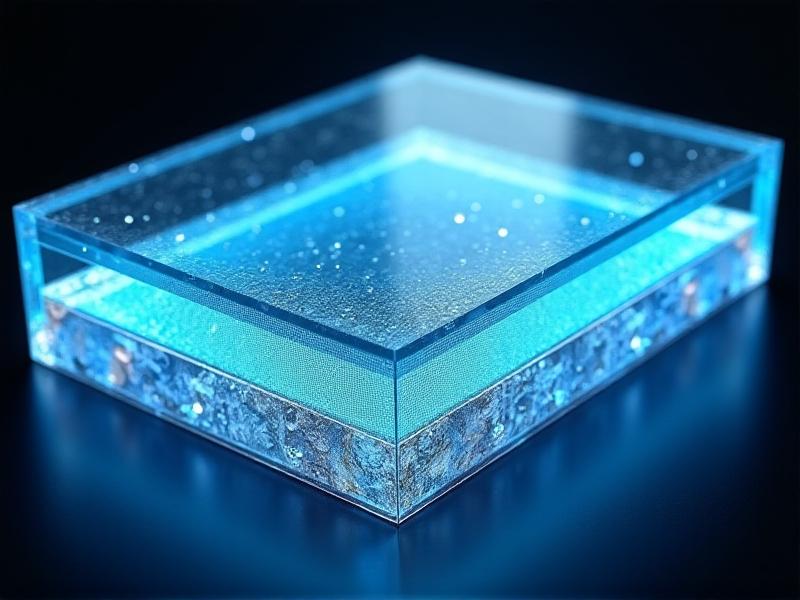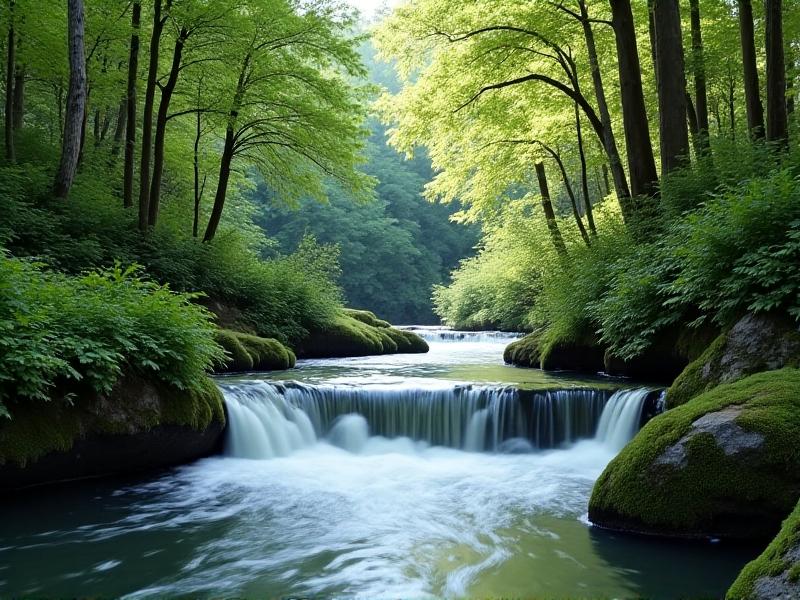Off-Grid Water Recycling Systems
The Urgency of Water Independence in Off-Grid Living
As climate instability and population growth strain centralized water infrastructure, off-grid water recycling systems are no longer a niche solution but a necessity. These systems empower households and communities to reclaim control over their water supply by treating and reusing wastewater onsite. Unlike traditional plumbing, which discards greywater (from sinks, showers, and laundry) and blackwater (from toilets), off-grid systems transform waste into a resource. This shift reduces reliance on municipal systems and mitigates environmental damage caused by untreated effluent. For remote areas or disaster-prone regions, such systems are lifelines, ensuring water security even when external networks fail.
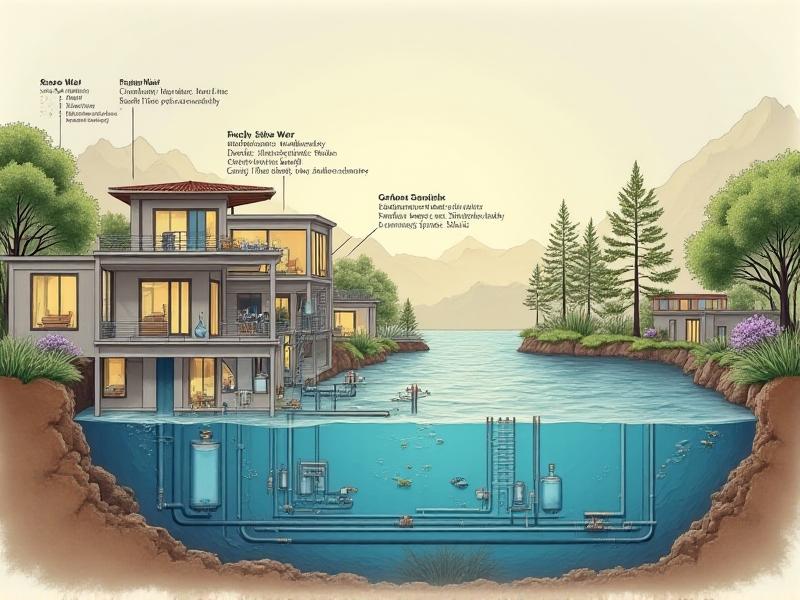
Core Components of Off-Grid Water Recycling Systems
Every off-grid system hinges on three primary elements: collection, treatment, and distribution. Collection begins with diverting greywater and rainwater via gutters or pumps into storage tanks, often made of UV-resistant polyethylene or concrete. Treatment modules vary—basic systems use sand filters and activated charcoal, while advanced setups incorporate bio-digesters or reverse osmosis. Aeration tanks and constructed wetlands mimic natural processes to break down contaminants. Distribution relies on gravity-fed pipelines or solar-powered pumps to direct treated water to gardens, toilets, or purification for drinking. Monitoring tools, like pH sensors and flow meters, ensure efficiency. Redundancy is critical; backup power sources and secondary tanks prevent disruptions during droughts or mechanical failures.
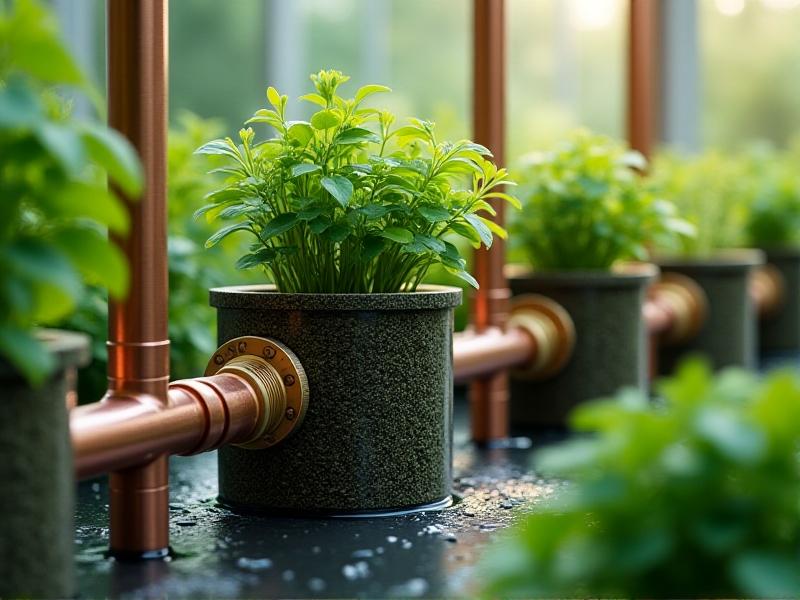
Greywater vs. Blackwater: Tailoring Systems to Waste Type
Not all wastewater is equal. Greywater, which constitutes up to 75% of household waste, is easier to treat due to its lower pathogen content. Simple filtration and disinfection make it suitable for irrigation or toilet flushing. Blackwater demands rigorous processing, often involving anaerobic digestion to break down organic matter and ultraviolet sterilization to eliminate pathogens. Hybrid systems segregate these streams at the source, optimizing treatment efficiency. Composting toilets, for instance, bypass liquid waste entirely by converting solids into fertilizer. Choosing the right approach depends on local regulations, available space, and intended reuse—whether for non-potable applications or safe-to-drink output.
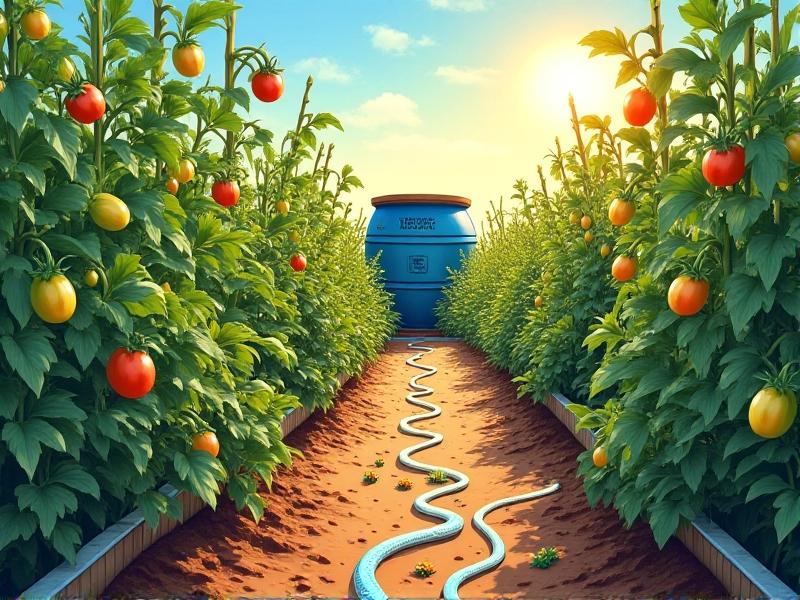
Environmental and Economic Benefits Beyond Self-Sufficiency
Off-grid water systems alleviate pressure on freshwater ecosystems by reducing extraction from rivers and aquifers. Treated greywater nourishes landscapes without chemical fertilizers, promoting soil health. Economically, these systems cut water bills by up to 50% and minimize costs associated with septic tank pumping or municipal sewage fees. Over time, the initial investment—ranging from $2,000 for basic setups to $20,000 for advanced configurations—pays dividends. Tax incentives and rebates in regions like California and Australia further offset costs. Crucially, they insulate users from price hikes and supply shortages, offering long-term stability in an era of unpredictable resource access.
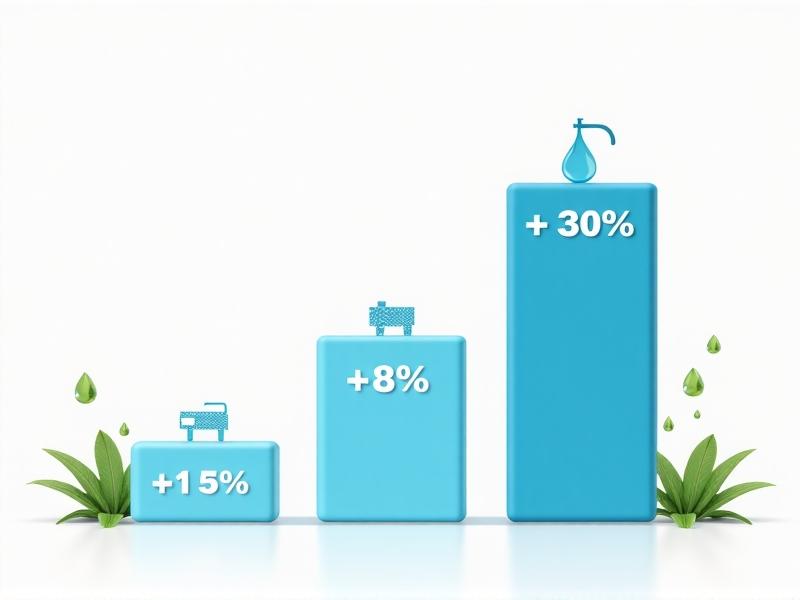
Designing a System Aligned with Local Conditions
Successful implementation starts with assessing site-specific factors. Arid regions prioritize rainwater harvesting via large-capacity tanks, while humid areas focus on diverting excess moisture. Soil type influences drainage field design; clay soils require larger leach areas than sandy soils. Local building codes may mandate permits for greywater reuse or prohibit certain treatment methods. DIY enthusiasts can repurpose IBC totes as storage vessels, while high-end installations integrate smart controllers for real-time adjustments. Collaboration with hydraulic engineers ensures compliance and efficiency. Scalability is key—modular designs allow households to expand capacity as needs evolve.
Integrating Water Recycling into a Holistic Sustainable Lifestyle
Off-grid water solutions thrive when paired with renewable energy and permaculture practices. Solar panels power pumps and sensors, while food scraps from the garden feed bio-digesters that supplement water treatment. Indoor low-flow fixtures reduce initial waste volume. Educational workshops foster community adoption, turning individual systems into neighborhood-wide resilience networks. Brands like Brac Systems and Aquaco offer plug-and-play kits, but grassroots innovations—such as biochar filters or myco-remediation—push the boundaries of affordability. This integration transforms waste management from an isolated chore into a cornerstone of ecological stewardship.
Case Studies: Off-Grid Systems in Action
In Tasmania’s Blue Derby region, a community-led project treats 90% of its wastewater through artificial wetlands, supporting native wildlife habitats. A Colorado rancher eliminated hauling costs by recycling 1,500 gallons daily for livestock and crop irrigation. Urban examples exist too—a Tokyo apartment building reduced its city water use by 60% with onsite greywater loops. These stories prove scalability across geographies and budgets. Challenges persist, like winterizing pipes in cold climates or sourcing replacement parts remotely, but adaptive designs and peer knowledge-sharing networks continue to lower barriers to adoption.


